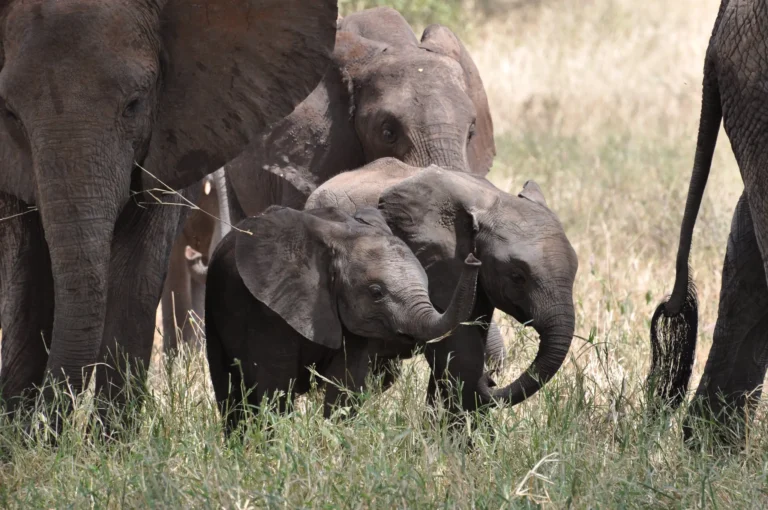Tanzania’s Chimpanzees: Guardians of the Forests
Tanzania, known for its diverse wildlife and breathtaking landscapes, is also home to one of our closest relatives in the animal kingdom: the chimpanzee. These intelligent and highly social primates are found in the remote forests and national parks of Tanzania. In this article, we’ll explore the world of Tanzania’s chimpanzees, their habitat, behavior, and conservation efforts to protect them.
Chimpanzee Species in Tanzania:
Tanzania is home to two species of chimpanzees: the common chimpanzee (Pan troglodytes) and the eastern chimpanzee (Pan troglodytes schweinfurthii). The eastern chimpanzee is the subspecies found in Tanzania, and it is known for its distinctive behaviors and physical traits.
Habitat and Distribution:
Tanzania’s chimpanzees inhabit lush rainforests, montane forests, and woodlands, primarily in the western part of the country. Notable chimpanzee populations can be found in Mahale Mountains National Park, Gombe Stream National Park, and Rubondo Island National Park.
Behavior and Social Structure:
Chimpanzees are highly intelligent and display complex social behaviors. They live in communities led by an alpha male, and these communities can range in size from a few individuals to over a hundred. Chimpanzees are known for their use of tools, such as sticks for extracting termites or rocks for cracking open nuts.
Conservation Challenges:
Chimpanzees in Tanzania, like their counterparts in other parts of Africa, face several conservation challenges. These include habitat loss due to deforestation, poaching, and the threat of diseases like Ebola.
Chimpanzee Tourism:
Tanzania has recognized the importance of chimpanzee conservation and has developed responsible chimpanzee tourism programs in national parks like Mahale and Gombe. Tourists have the opportunity to observe these primates in their natural habitat, contributing to local economies and raising awareness about chimpanzee conservation.
Research and Conservation Efforts:
Dedicated researchers and conservation organizations, such as the Jane Goodall Institute and the Max Planck Institute for Evolutionary Anthropology, have been studying Tanzanian chimpanzees for decades. Their work not only provides valuable insights into chimpanzee behavior but also contributes to conservation strategies.
Protection and Preservation:
The Tanzanian government, along with international partners, has established protected areas and conservation initiatives to safeguard chimpanzee habitats. These efforts include anti-poaching measures, reforestation projects, and community engagement to reduce human-wildlife conflicts.
Tanzania’s chimpanzees are remarkable beings, sharing many traits and behaviors with humans. Their existence in the country’s pristine forests is a testament to the rich biodiversity of Tanzania. As we learn more about these fascinating creatures and work to protect their habitats, we ensure that future generations can continue to admire and study Tanzania’s chimpanzees in the wild. Chimpanzees serve as a reminder of our responsibility to preserve the natural world and the incredible diversity of life that shares our planet.







